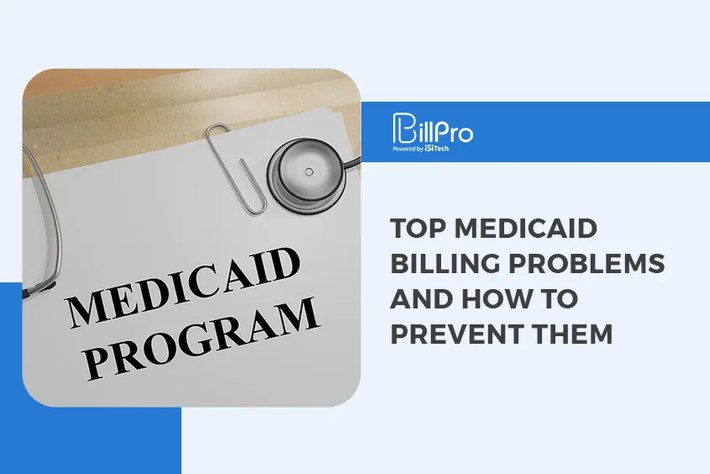Every medical biller understands the hardships of billing Medicaid—sorting through thousands of different codes to find the correct procedure, paying close attention to each state’s unique rules and regulations, and ensuring that all patient information is correct is a lot to take on. Even with the most advanced Medicaid billing software systems, errors happen. Every error isn’t going to completely ruin your progress, though. Recognizing the types of errors you may encounter is the first step in improving your billing process.
What Causes Rejected or Denied Claims?

There are endless reasons why a claim can come back rejected or denied. While rejected claims are those that contain one or more errors, denied claims are ones that have been processed but deemed unpayable by the insurance company. Neither are pleasant for billers, but both can usually be fixed and resubmitted. The following are common errors billers see and what they mean:
Incorrect Patient, Provider, or Insurance Information
Any amount of incorrect data is going to cause a problem for your claim. This is why it’s so important to verify all correct and up-to-date information at the beginning of an appointment. Incorrect patient information is anything from name, sex, and date of birth to address and insurance policy number. The best way to prevent these errors is by carefully collecting all information at the beginning of an appointment and making sure it’s all up to date and accurate.
Incorrect Medical Codes
Unfortunately, entering incorrect codes is an easy mistake to make. Billers deal with thousands of different claims, so it’s no surprise that there are mix ups. Submitting incorrect codes, mismatched ones, or forgetting a code altogether will be a cause for error. Luckily, these things are easy to fix once the error is identified.
Duplicate Billing
A duplicate claim simply means that two identical claims were submitted on the same date for the same service. These are usually easy for payers to spot, because it’s unlikely that two identical services would have been performed for the same person on the same day.
How to Prevent Errors Before They Happen

It’s going to be tough to catch every error, but being proactive throughout the whole medical billing process is a great way to reduce the amount of errors you see. The following are some of the best ways to stay on top of your claims.
Stay Up-to-Date on Coding
Codes are constantly being added and phased out. It’s crucial for medical billers to watch these trends and stay aware of any changes made.
Review the Claim Before Sending
Double checking your data before submitting a claim is a great way to catch errors. The best way to do this is by using medical billing software, which automatically checks all claims for errors before they’re sent to the payer.
Follow Up With Your Payers
It’s always a good idea to stay diligent and follow up with your claims. Keep in touch with those reviewing the claims, so they can let you know if they’ve already found any errors.
Bill Claims With Medicaid Billing Software
One of the most efficient ways to prevent claims from being denied and rejected is by billing with a reliable Medicaid billing software. If you’re billing Medicaid in New York State, get in touch with our experts at NY BillPro for information on our billing solution today!

 0/5 (0 votes)
0/5 (0 votes)
 289 views
289 views




